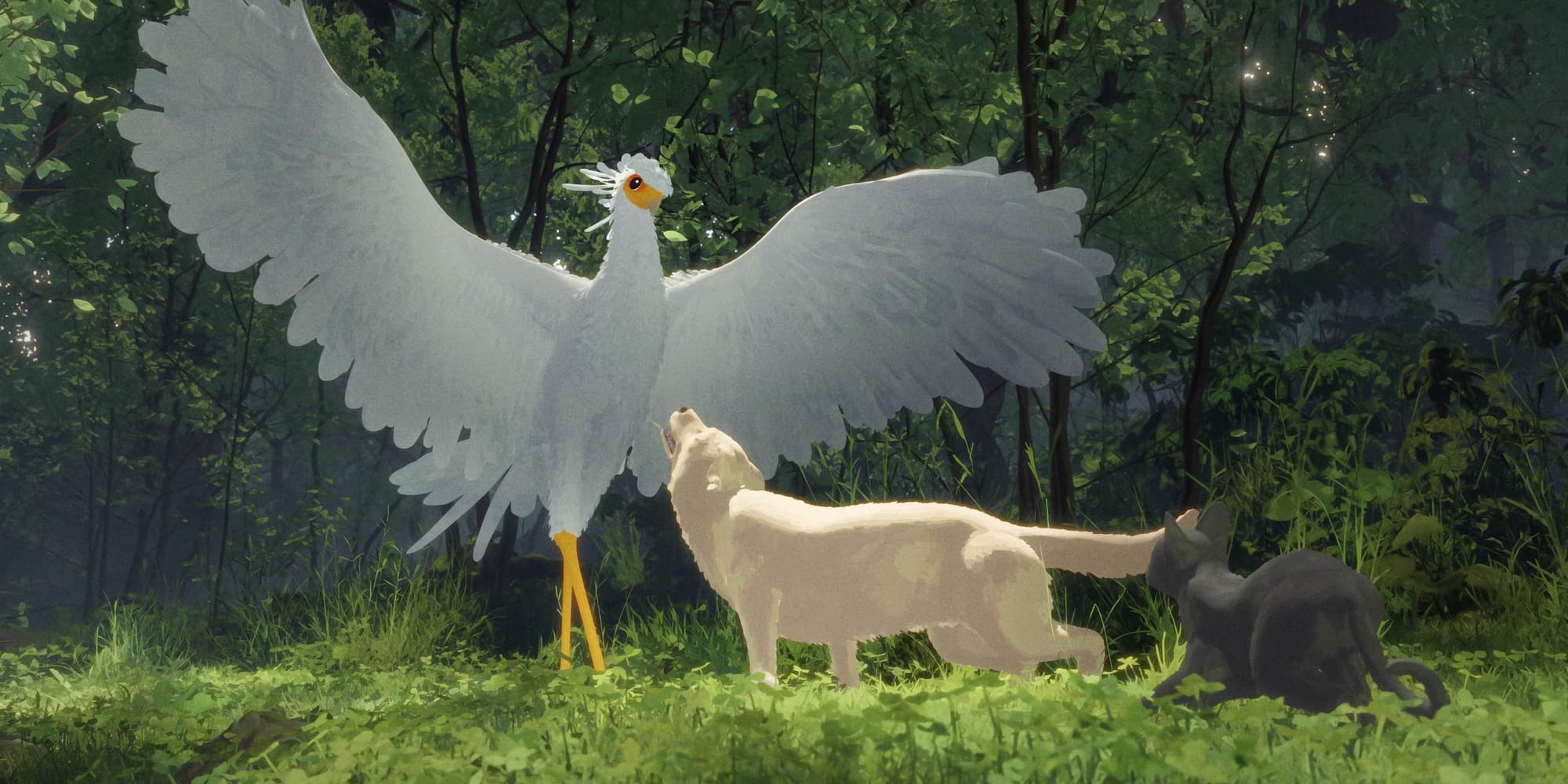BBFF Dispatch #4: Cats and Sculptures
Part of the Boston Baltic Film Festival 2025

The Boston Baltic Film Festival runs from Friday, 2/28 through Sunday, 3/2 at the Emerson Paramount Center, and through 3/17 virtually. Click here for the schedule and ticket info, and watch the site for Joshua Polanski’s continuing coverage!
The following dispatch features reviews of Flow & Hell’s Stoker.
Flow is an anomaly. In most worlds a no-dialogue, animated Latvian production made with a free open-access 3D computer graphics software never becomes an international hit, let alone a favorite to take home an Academy Award. But apparently we live in the exact spot in the multiverse, should such a thing exist, where such impossibilities do happen— and, on Sunday night, Flow did indeed end up being the first Baltic film ever to win an Academy Award.
Gints Zilbalodis’s film follows an unnamed dark grey cat searching for belonging and safety after a flood destroys his home. The cat encounters a pack of dogs, a capybara, a lemur, and even a whale in its journey. The world seems to be the apocalyptic leftover of our own or a very similar one. What’s left of massive statues and other remnants of civilization add color and questions to the post-Anthropocene world. What happened to the humans? Is the flood the aftermath of an extinction-level climate change threat? Is the geography imagined or is there now a place in the world that holds a previously geographically impossible quality of biodiversity (lemurs live in Madagascar, capybaras in South and Central America)? ...
Continue reading at the Boston Hassle.

From Georges Méliès’s A Tricky Painter’s Fate (1908) and Carl Theodor Dreyer’s Mikaël (1924) through 2017’s Loving Vincent, films about artists of other mediums are a cinematic subject as old as cinema itself. Something will always be fascinating about the cinematization of an art otherwise not fully experienced on a 2-D screen. The new Estonian documentary Hell’s Stoker is at least the third film by Kullar Viimne about artists, following his work as a cinematographer on The New World, a documentary about activist-artists in Tallinn, and Gori the Caricaturist, an animated documentary portrait of an important turn-of-the-century Estonian caricaturist. This time his subject is modern sculptor Aivar Simson, also known as Seaküla Simson.
Simson sculpts the tormented figures locked in his imagination. Some of the figures and shapes he etches into bronze or cement are the stuff of nightmares lodged deep in his consciousness after his war experiences in Afghanistan. “He was forced to shoot,” one of his friends confides in the camera, as if Simson isn’t in the room or won’t see the film. His other projects reach a level of weirdness and explicitness that Freud would be proud of. The demented penis statues, misshapen as if by demonic influence, might be the most inflammatory (and infamous) of these works...
Continue reading at the Boston Hassle.